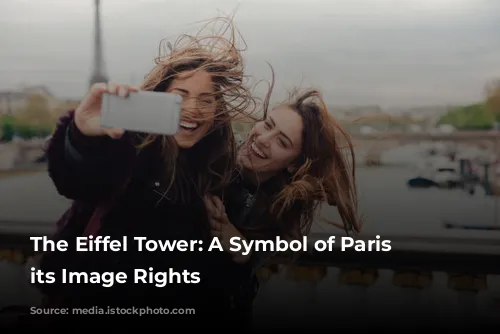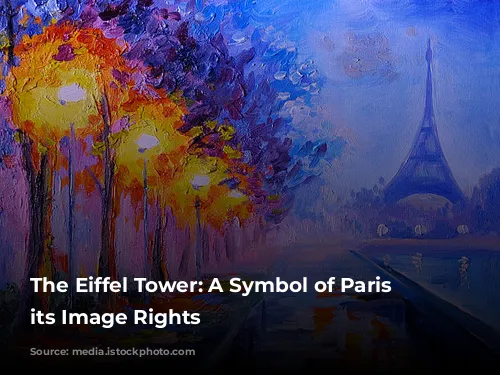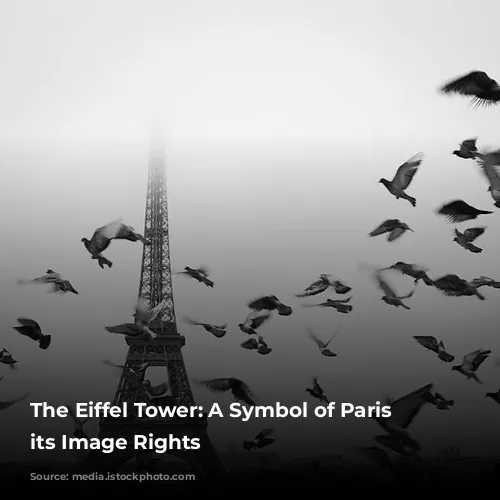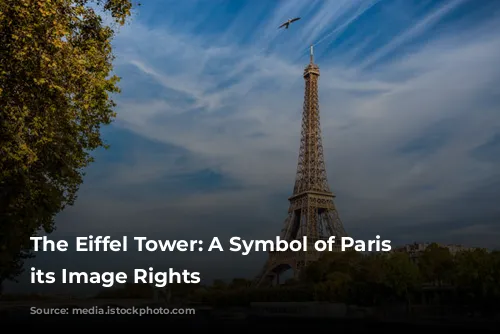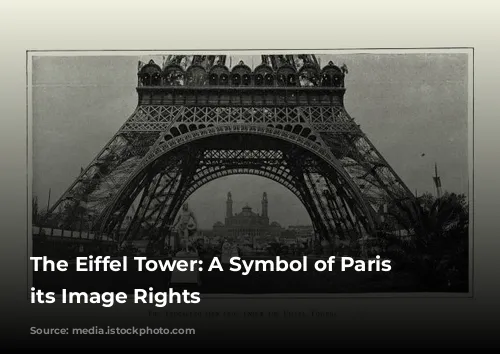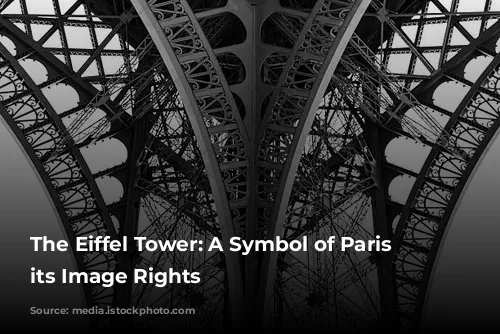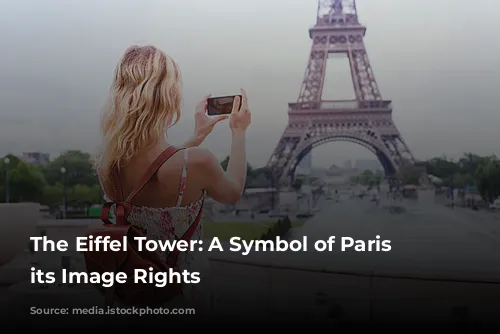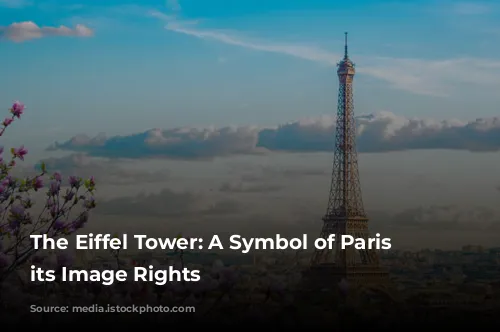The Eiffel Tower, a globally recognized symbol of Paris and France, is a captivating landmark that sparks the imagination of artists and filmmakers alike. They seek to pay tribute to this iconic monument through diverse mediums, including films, reports, photographs, paintings, and interactive installations. But the Eiffel Tower is also a popular and accessible destination, meaning its image is readily found across a vast array of products, reflecting its magic.

Filming the Eiffel Tower: A Unique Opportunity
Filming at the Eiffel Tower is a remarkable experience, but it’s important to be aware of the specific conditions that govern the use of its image. The Tower’s dedicated team meticulously considers each project on a case-by-case basis, aligning the technical and artistic demands of productions with the monument’s specifications. This ensures a fair and transparent rate for every operation.
Filming during the day provides access to diverse perspectives:
- Enjoy stunning views of Paris from the two observation floors at heights of 57 meters and 116 meters.
- Utilize various spaces, including the forecourt, floors, and areas not open to the public, for unique filming opportunities.
Filming at night offers a different perspective:
- The Eiffel Tower’s distinctive illuminations, including its golden glow, twinkling lights, beacon, and event lighting, are protected and require image rights for their use.
- Journalists covering the Eiffel Tower or related events can film both day and night, primarily outside of public access areas to minimize disruption.
- A dedicated service lift is available between the ground level and the second floor, measuring 2.30 meters wide, 2.50 meters deep, and 2.20 meters high. The door opening dimensions are 1.30 meters wide and 2.10 meters high.
- Technical solutions and safety regulations are reviewed during a preparation stage to ensure a smooth filming experience. This includes addressing electrical needs, production control, access for teams and equipment, and potential extensions of the illumination time.
- Parking is available on Avenue Gustave Eiffel for unloading vehicles, but vehicles must be moved promptly.
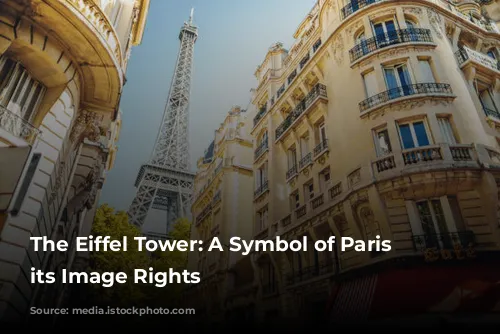
Understanding Image Rights: Daytime vs. Nighttime
The Eiffel Tower’s image during the day falls under the public domain, making its use rights-free. This means it can be reproduced without prior authorization from the SETE, the company that manages the Eiffel Tower’s image on behalf of the City of Paris.
However, the Eiffel Tower’s nighttime illuminations are protected, requiring prior authorization from the SETE for any use. This authorization comes with a fee, calculated based on factors like the intended use and media plan.
Views of the Eiffel Tower captured by individuals for private use do not need prior authorization. But professionals must contact the SETE’s team for information on the conditions of use.
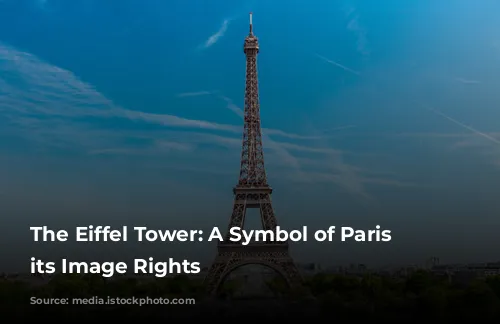
The “Eiffel Tower” Brand: Trademark Protection
“The Eiffel Tower” is a registered trademark and is protected by trademark rights. Any product utilizing this reference must undergo a licensing agreement negotiation, evaluated on a case-by-case basis.
The Eiffel Tower stands as a symbol of beauty and grandeur, attracting individuals and filmmakers alike. Understanding its image rights and trademark protection is crucial for ensuring responsible use of this iconic landmark and its associated brand.
